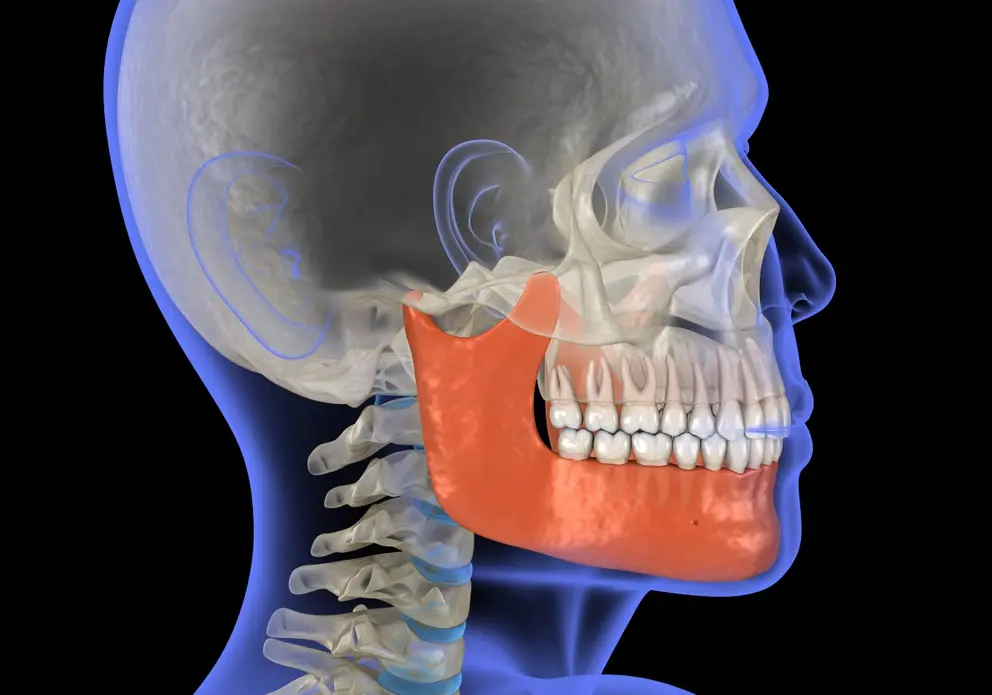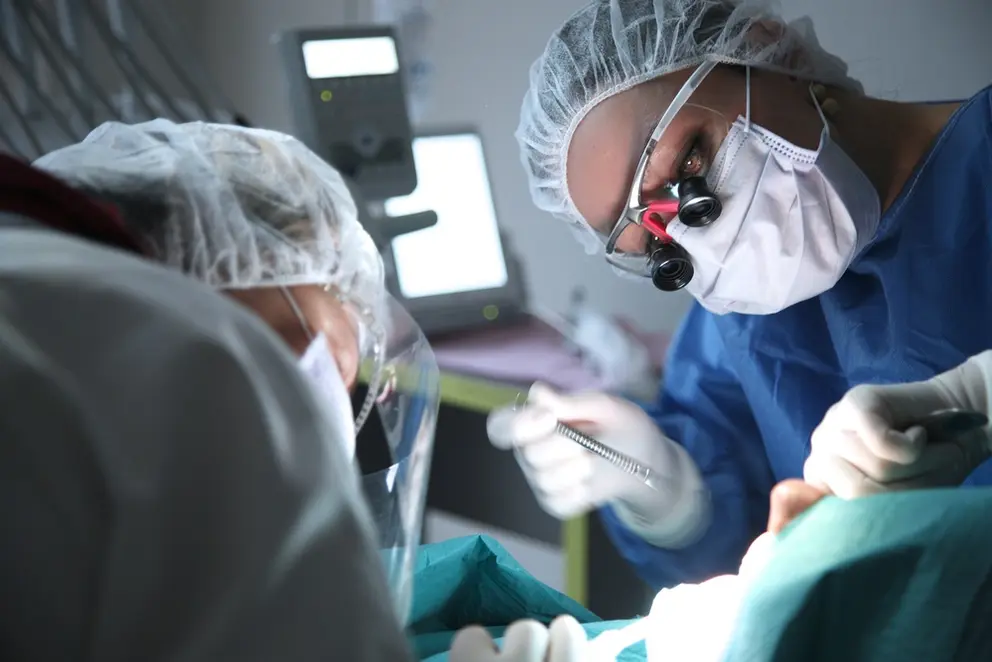
Jaw Pain Got You Down?
See if Clear Aligners Can Help Your TMJ Pain
Orthodontic problems can sometimes stem from your jaw, not your teeth. A misaligned jaw can lead to bruxism, a condition where you grind or clench your teeth. This grinding or clenching can intensify the pain from temporomandibular joint disorder, or TMD.
Orthodontic treatment can help address these issues. Using orthodontic devices like clear aligners for TMJ pain relief can be beneficial. These aligners can help correct the position of your jaw, reducing the symptoms of bruxism and TMD.
TMD is a fairly common orthodontic condition suffered by patients, one that the National Institute of Health believes is suffered by over 10 million Americans. Common signs of TMD, or problematic jaw misalignment of any sort, include:
Schedule a Consultation for Jaw Alignment Issues


